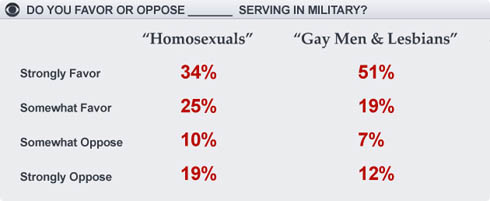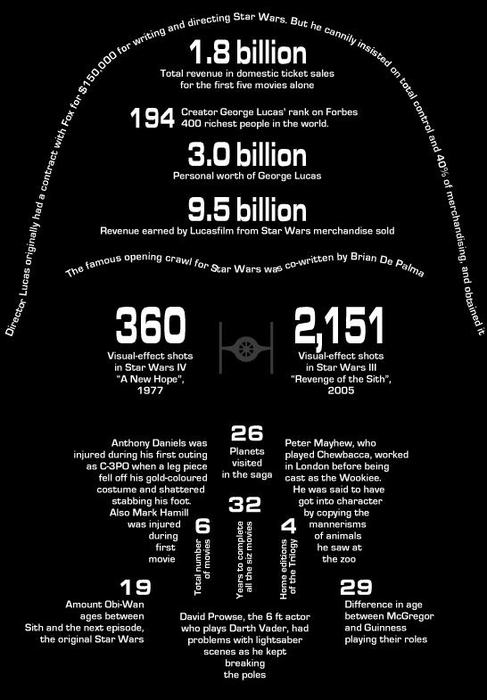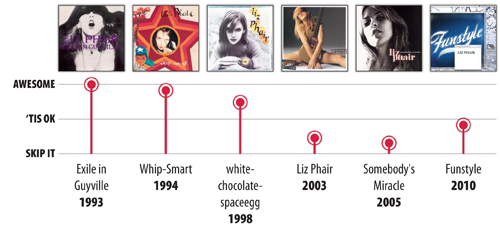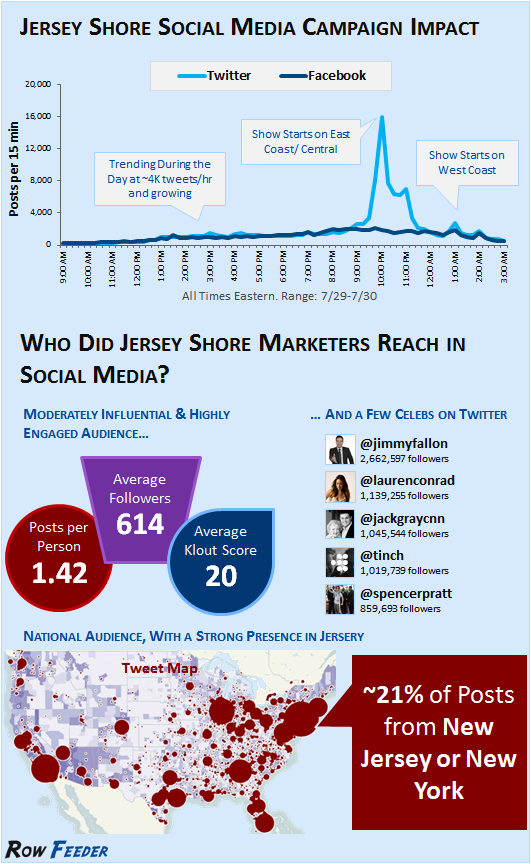When I listened to the national weekly round-up shows the last few days, there were lots of cries that the media had been played by Terry Jones. Many of these journalists said that the media elevated the story to something it wasn’t, and that they were effectively encouraging him.
In hindsight, there were some things about this story that were most definitely newsworthy and needed to be covered. There were great features pieces that explained Muslim culture in ways that the culture hadn’t been explained before. And, most of all, this story and its myriad stories/non-stories demonstrated that through social media, comment boards and the viral nature of the Internet, many “non-events” are going to get attention.
Look at all the stories that came out of this:
Before this week, how many people had him on the radar? How did this guy get to enjoy press conference after press conference?
According to The Washington Post, Jones first tweeted his plan for “International Burn a Koran Day” on July 12. The Council on American-Islamic Relations got wind of that, The New York Times published something and by September 6, protesters in Kabul were burning an effigy of Jones, chanting “Death to America.”
The news here was not that this guy was going to burn a Koran or even that he’d do it on 9/11. Fred Phelps’ Westboro Baptist Church takes part in all sorts of stunts and those events have become non-events. The news angle, in my opinion, was that Gen. Petraeus intervened in a domestic matter with the warning that this could have severe international consequences. American troops would be threatened in areas where extremists have been known to carry out attacks. In other words, Jones was doing the international equivalent of yelling “Fire!” in a crowded theatre: his free speech could endanger others, and people cried shenanigans.
Note that in the Washington Post timeline of events, it took more than a month and a half for a news outlet to acknowledge this event. The tweets and Facebook page communicated this, and through the viral nature of the Internet, people in the Middle East were long aware of this before the The Times posted something. If not for Twitter or Facebook, would these people have even known? Hard to say, but the fact that Jones could broadcast these plans on his own is a key factor in how this became the story that it did.
The guy’s striking look and odd conversational style probably didn’t hurt his chances of getting on TV. The speculation of “will he, won’t he?” got lots of TV play. And then the readers, callers and viewers who chimed in helped continue the story. Many people were talking about it, even if they weren’t saying anything of substance. On the radio this week, I heard one guy who said he wanted to rip page after page out of the Koran and feed it to his goat. The more that these people got to comment on air and online, the more they became part of the story. The story was no longer just that some guy was going to burn the Koran, or that Petraeus was intervening. The story became, “Holy shit, this guy is not alone in his beliefs about Islam and he’s become a poster boy for these people.”
As for the story about Jones being from the same Missouri town as Rush Limbaugh, that story was inevitable. I think it has less to do with a “liberal agenda” or more to do with the practice of localizing. Like it or not, many news outlets localize stories. So, the “could this happen here” and “what our local imams are saying” stories were inevitable, and in many instances, justified stories. That he’s from Missouri doesn’t mean anything to me (though it is my home state), but I’m sure there are people who feel a certain connection to stories knowing one of the key players is from there. It’s the same reason papers write multiple stories about local kids who make it onto “American Idol.” And the coverage could have been worse. I was really expecting every town where Jones had stopped to fill up his tank and grab some food to run some interview with the gas station attendant, asking her to speculate on what Jones’ gas choice said about his character.
Thus, I’m proud of how Times-Union colleague Jeff Brumley approached this story. So many people had asked, “What’s the big deal? It’s just a Koran. People burn the Bible and the American flag all the time and no one cares.” Jeff explained that while it’s commonplace for people to use markers to highlight their favorite Biblical texts, many Muslims would be horrified to do that to their Koran. Jeff explained the differing cultural attitudes, and I hope that people would say, “Shit, we don’t want to piss off anyone, especially extremists who’ve been willing to blow people up over less.”






